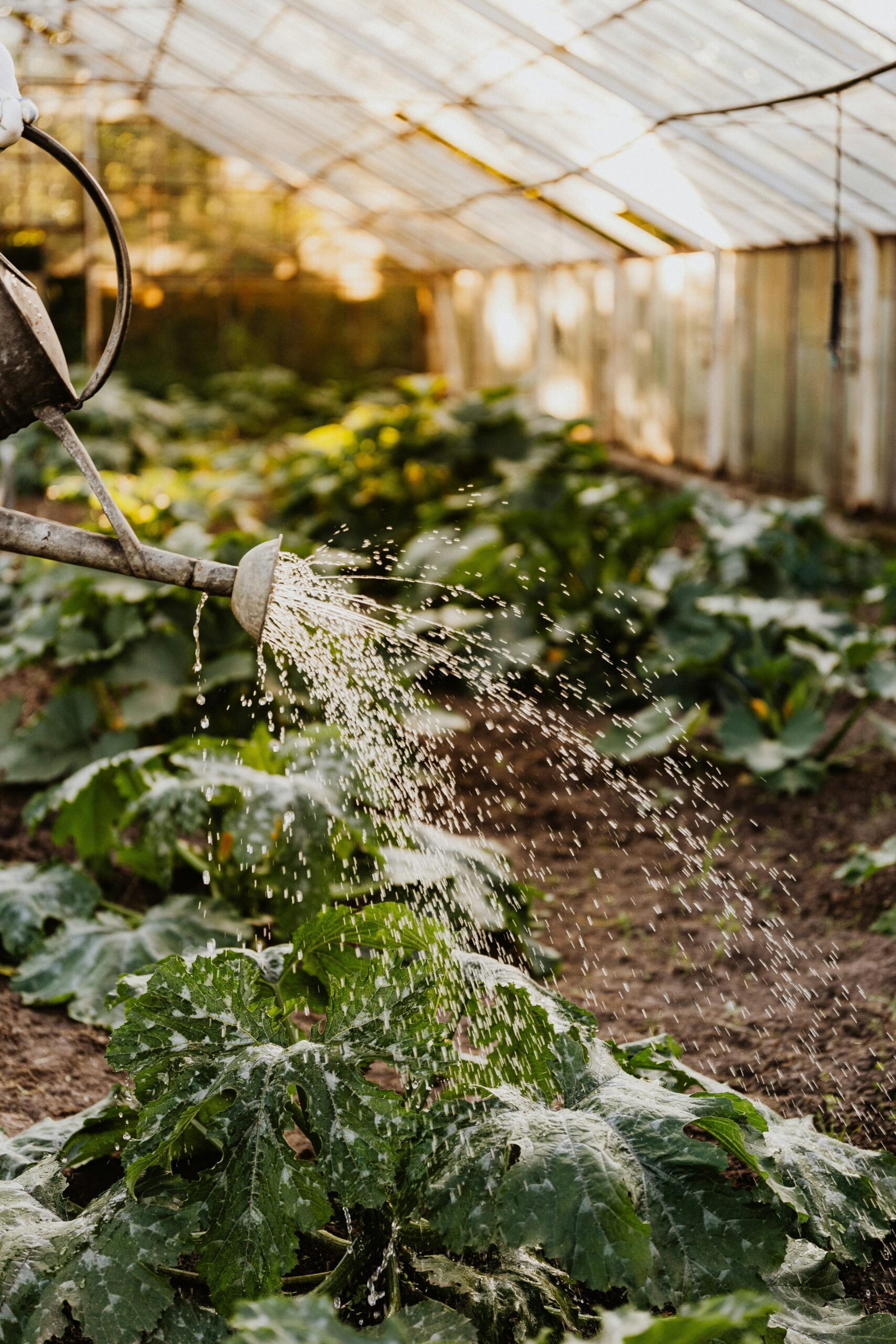Gardening is rewarding, but it can be water-intensive. In 2025, with climate change and rising utility costs, gardeners are rethinking how to keep plants lush without wasting resources. Smart irrigation isn’t just for commercial farms—you can apply water-wise strategies in your own backyard, balcony, or community plot.
Mulch as Your First Line of Defense
Mulching might not sound “smart,” but it’s a centuries-old hack that modern gardeners still rely on. A 2–3 inch layer of organic mulch (like wood chips, straw, or shredded leaves) insulates soil, locks in moisture, and reduces evaporation by up to 25%. Bonus: it suppresses weeds that would otherwise compete for water.
Drip Irrigation for Precision
Forget sprinklers that lose half their water to the wind. Drip irrigation delivers moisture straight to plant roots with minimal waste. Modern drip systems are inexpensive, easy to install, and customizable for container gardens or raised beds. Pair it with a timer, and you’ve got near-effortless watering.
Self-Watering Containers
For urban gardeners, self-watering planters are a game-changer. They use hidden reservoirs to store water, allowing plants to “sip” what they need over days. This not only conserves water but also keeps roots consistently hydrated—ideal for forgetful gardeners.
Rainwater Harvesting
Why let storm runoff vanish down the drain? Setting up a rain barrel beneath your gutter can capture dozens of gallons per storm. Use that free water supply for container plants, ornamentals, or even lawns. It’s an eco-friendly step that cuts utility bills while helping conserve local resources.
Smart irrigation isn’t about sacrificing beauty—it’s about letting your garden thrive while working with nature. With a few hacks, you can keep your plants healthy, cut costs, and feel good about gardening responsibly.


